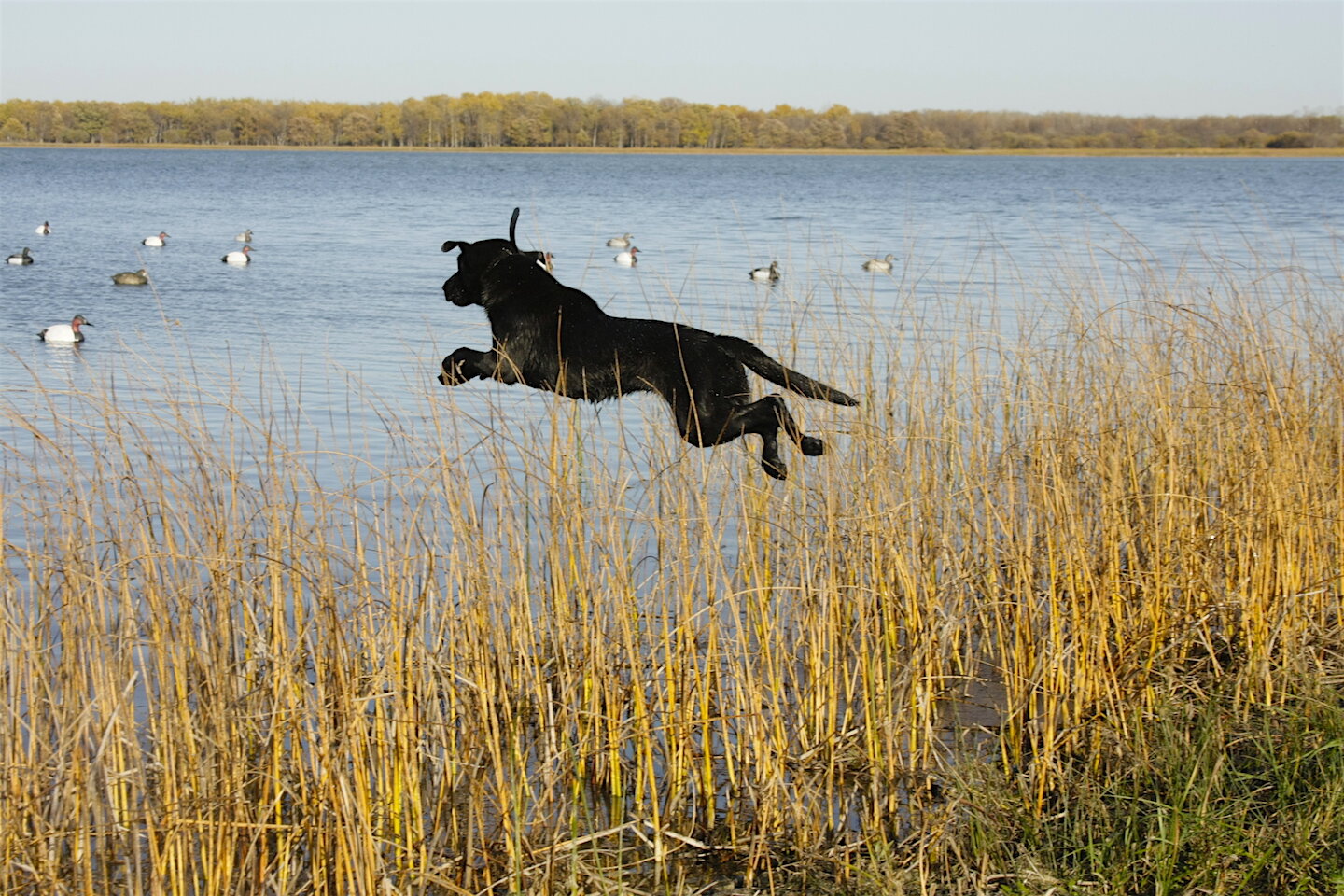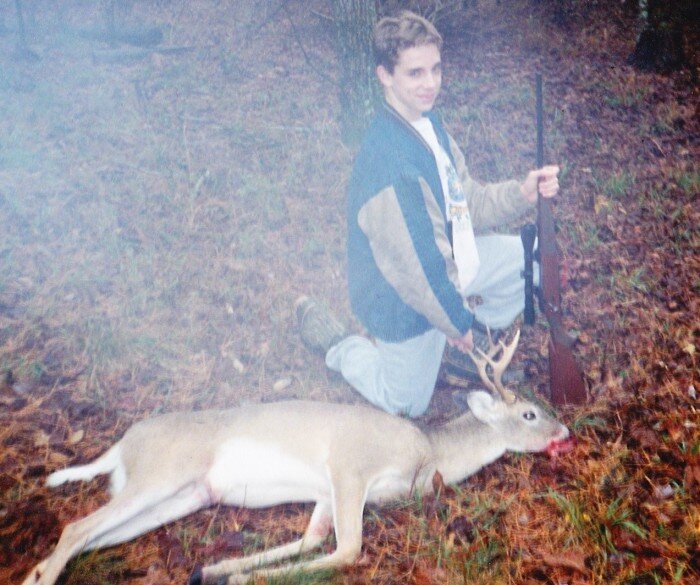Photo 101: Understanding Exposure Triad
How To Manipulate Your Exposure Triad for Maximum Creative Control
Shutter speed. F-stop. ISO speed. These three camera controls are the Exposure Triad. They are intertwined to form the bedrock of exposure, and they can be manipulated to radically alter the quality and “message” of your photos.
As outlined in previous blogs, each of these controls impacts exposure. And all are reciprocal with one another. Double one and you must halve one of the others to maintain the same exposure (brightness of the finished photo.) Halve one and you must double one of the others.
Shutter speed, ISO and f-stop are all part of the Exposure Triad used creatively to master your images.
Let’s say you’ve framed a scene and your camera light meter suggests that at your chosen ISO of 200 and your selected shutter speed of 1/125 you need to adjust your f-stop to an aperture of f-8 for proper exposure. Not too dark, not too light. Like Goldilocks, just right. Now let’s pretend your subject is your dog fetching a ball. You do not care if the foreground or background are sharp, but you want Pup to be tack sharp. Well, it isn’t going to happen at 1/125 shutter speed. That’s just too slow to stop a running dog.
Changing Shutter Speed in Your Exposure Triad
You know what to do, right? You shorten your shutter speed to 1/250. That’s half the speed of 1/125. This might be fast enough to freeze the actions of a slow dog. But now, because your shutter will be open only half as long as it would at 1/125, your exposure will be one stop too dark. How do you correct this? You have two options. You can open your lens aperture from f-8 to f-5.6. That’s one stop. The hole (aperture) in your lens diaphragm opens enough to let twice as much light in as it did at f-8, so you are back to a proper exposure.
Your other option is to leave the f-stop at f-8 and double ISO speed to 400. This increases the speed at which the camera sensor absorbs light. Going from ISO 200 to 400 doubles ISO sensitivity and equals one stop. Yippee. Throw Pup the ball and fire away.
This hard charging pudelpointer ran right through the focus point despite shutter speed of 1/640. Not even f/7.1 gave enough depth to keep his eyes sharp. Note, however, that the bulrush stem over his head is sharp.
Now look at those photos. I’m betting Pup is a bit blurry, right? That’s because at 1/250 second shutter speed, he’s moving to fast to be “frozen.” So let’s fix that by again shortening shutter speed by one stop, this time to 1/500. Notice: we’ve again cut shutter speed in half, meaning the shutter will remain open half as long as it did at 1/250 and our exposure will be darker by one stop. How are we going to compensate for cutting our exposure time in half? Yup, we either double the size of the aperture by opening from f-5.6 to f-4 or we double the sensor’s sensitivity to light by doubling ISO from 400 to 800.
Now throw that ball again and freeze Pup in mid-leap.
This walking black lab was stopped at 1/250 sec. and f/8, barely enough dept-of-focus to get the eyes sharp with the main focus on the nose. ISO 500
Focusing on F-Stops in Exposure Triad
This all seems straight forward and easy until we consider what happens when we change f-stop or ISO. As elaborated in an earlier blog post, f-stop settings impact depth-of-focus in front of and behind your lens’s precise focusing point. The higher the f-stop number (like f/16, f/22) the smaller the aperture and the deeper the degree of focus in front of and behind the precise focus point. Focus perfectly on Pup’s eyes at f/22 and his nose will also be sharp and so will his tail. But at f/4 only his eyes will be sharp. Fortunately, when an animal’s eyes are sharply rendered, we can accept an out-of-focus nose or tail, so f/4 may be an acceptable trade-off for freezing the action at 1/500.
ISO Isn't the Free Lunch of Exposure Triad -- But It's Close!
Your other option is to keep a smaller f/stop by cranking up ISO speed. The downside to ISO is noise or grain. The higher the ISO speed set, the more the image will look as if it were laid over sandpaper. Grainy. Noisy. You know this when you see it. Some find it acceptable. Some don’t. Your call. And not all camera sensors are as noisy as others. Test yours by shooting the same scene at various ISO settings. Watch for the noise and compare. Many sensors these days minimize noise pretty effectively at ISO 2,000. Some may even go higher. There’s also noise reduction software that can be applied to images after the shot. All of this makes high ISO acceptable, which lets you shoot faster and with more depth-of-focus, increasing your odds for capturing action sharply.
So play around with your Exposure Triad and study the results. As you shoot more and more, you’ll eventually develop settings that help you accomplish your photographic vision.
This lab was moving slowly enough that action was stopped at 1/500, allowing me to take advantage of f/9, enough to get everything from the goose to the dog's rump sharp.
# # #
















